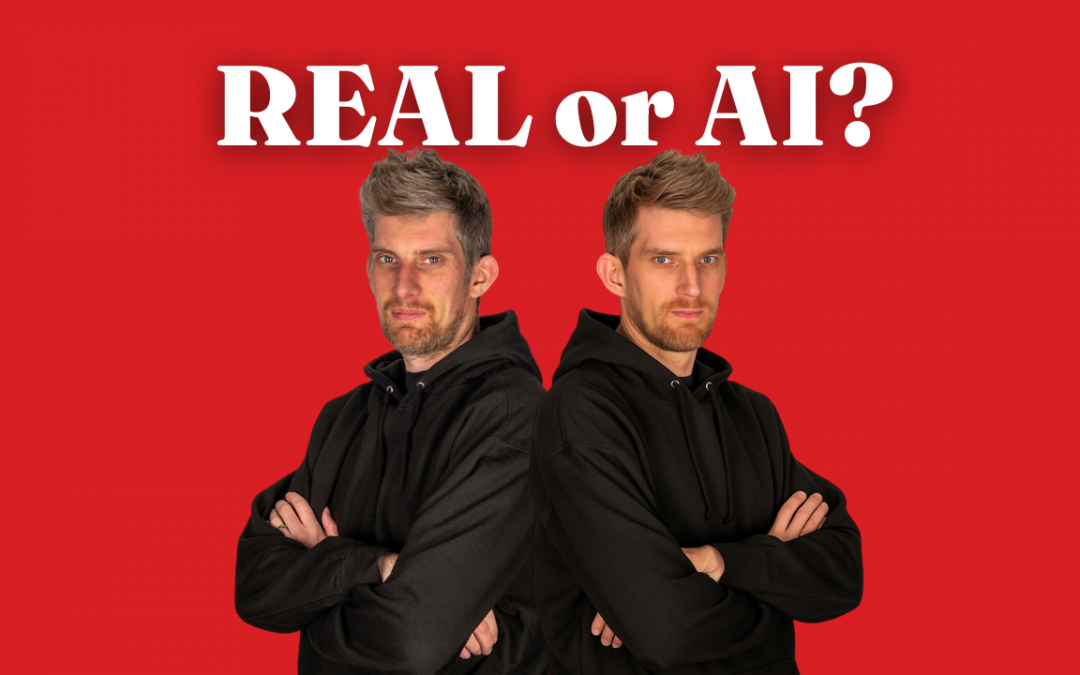It feels like every week there’s a new tool that promises to change how we create video. With the rise of AI platforms like Sora, you can now scan your face and instantly place yourself in any situation you can imagine. Want to look like you’re presenting in Times Square or climbing Everest? Just type in a prompt and it can be done in seconds.
On the surface, that sounds incredible. But it also raises an important question: why would you want to make authentic content when you could just generate it?
The Value of Real Stories
For me, a big part of what I do is documenting real life and real business relationships. Whether it’s capturing the story of a client, filming a testimonial, or showing the behind-the-scenes of a franchise in action, the magic comes from authenticity.
Yes, you could fake that story. You could create a glossy AI-generated testimonial or an entirely fabricated brand film. But here’s the thing: people are smart. Audiences can sense when something feels off. And I believe more and more viewers will be seeking out content that feels grounded, human, and honest.
Why Authentic Beats Artificial
If I’m shooting a video testimonial, the most powerful version isn’t the polished AI clone — it’s the real person, sharing their real experience in their own words. It’s the little pauses, the imperfect smiles, the genuine emotion that makes it resonate.
Sure, AI can make things easier and quicker. But just because you can fake it doesn’t mean you should.
A Future That Values the Real
As AI technology gets more advanced, the temptation to automate everything will grow. But I think the most valuable content in the years ahead will be the content that can’t be easily replicated: stories of people, relationships, and experiences that are rooted in reality.
Being real will never go out of style.

